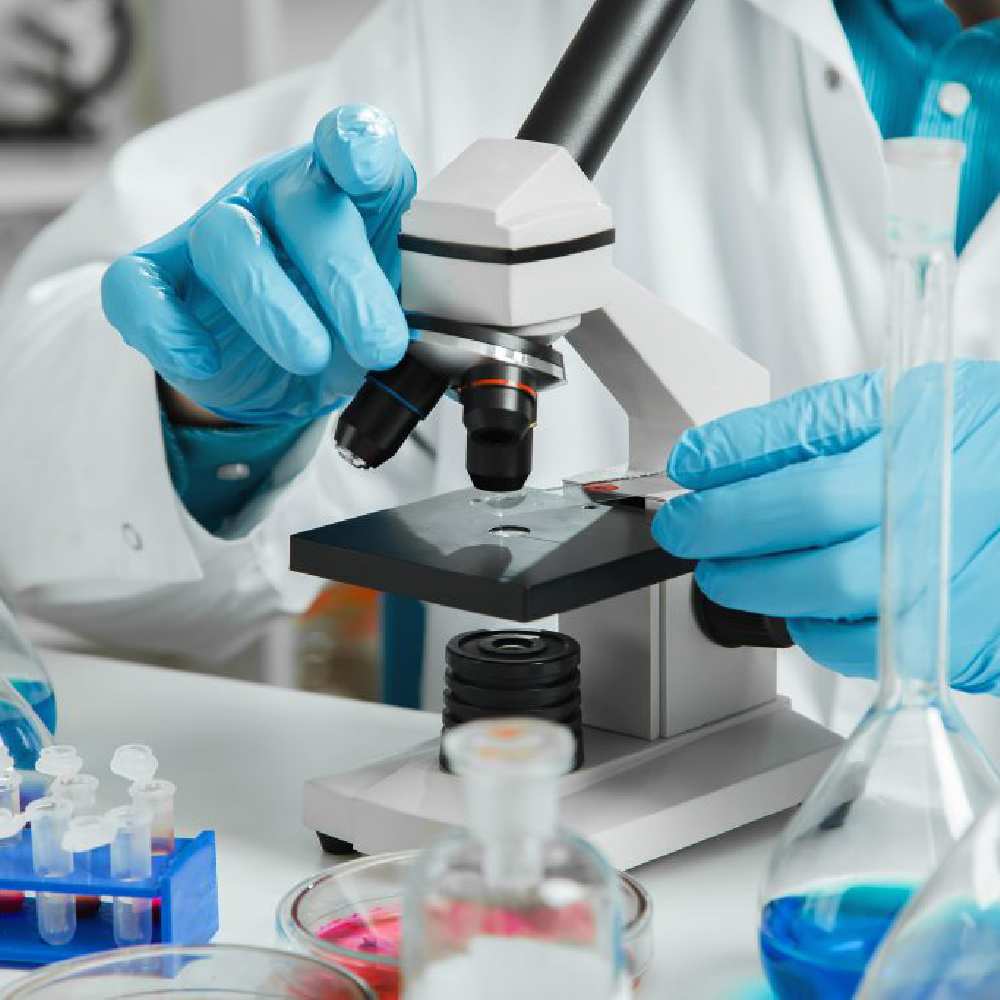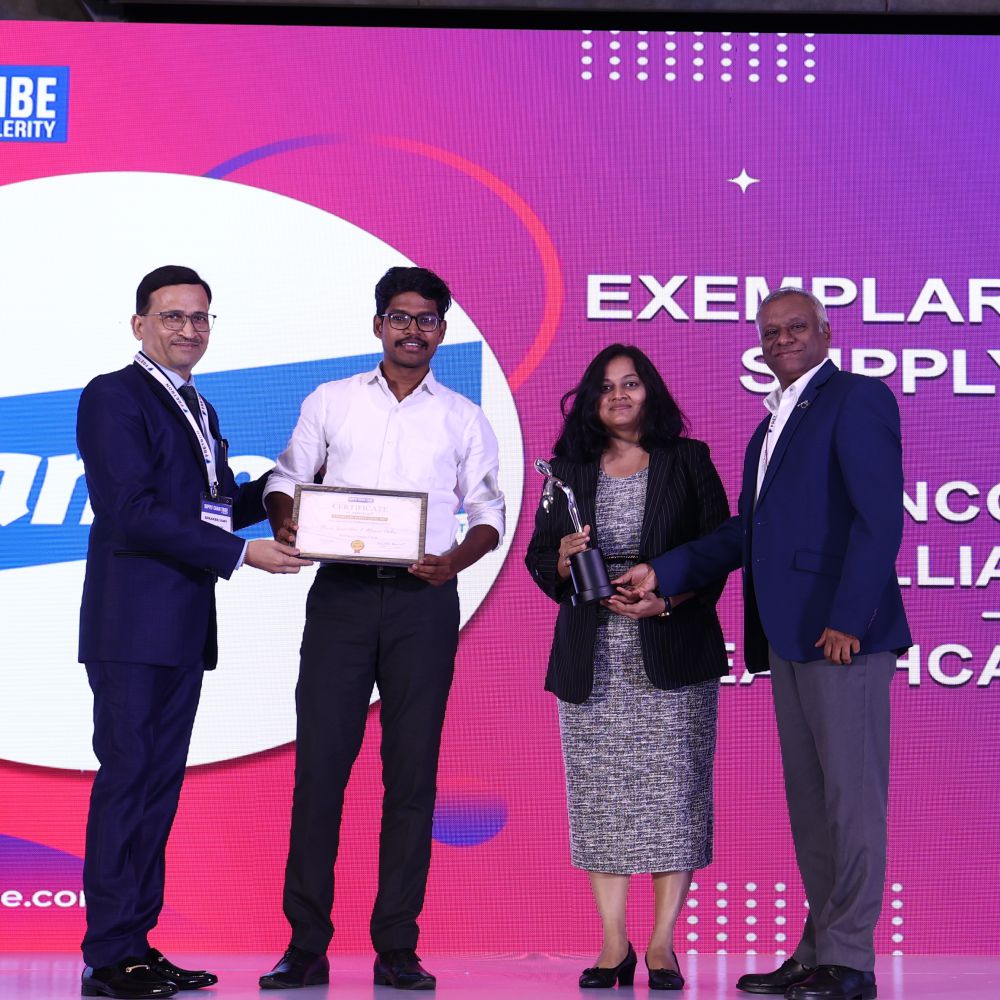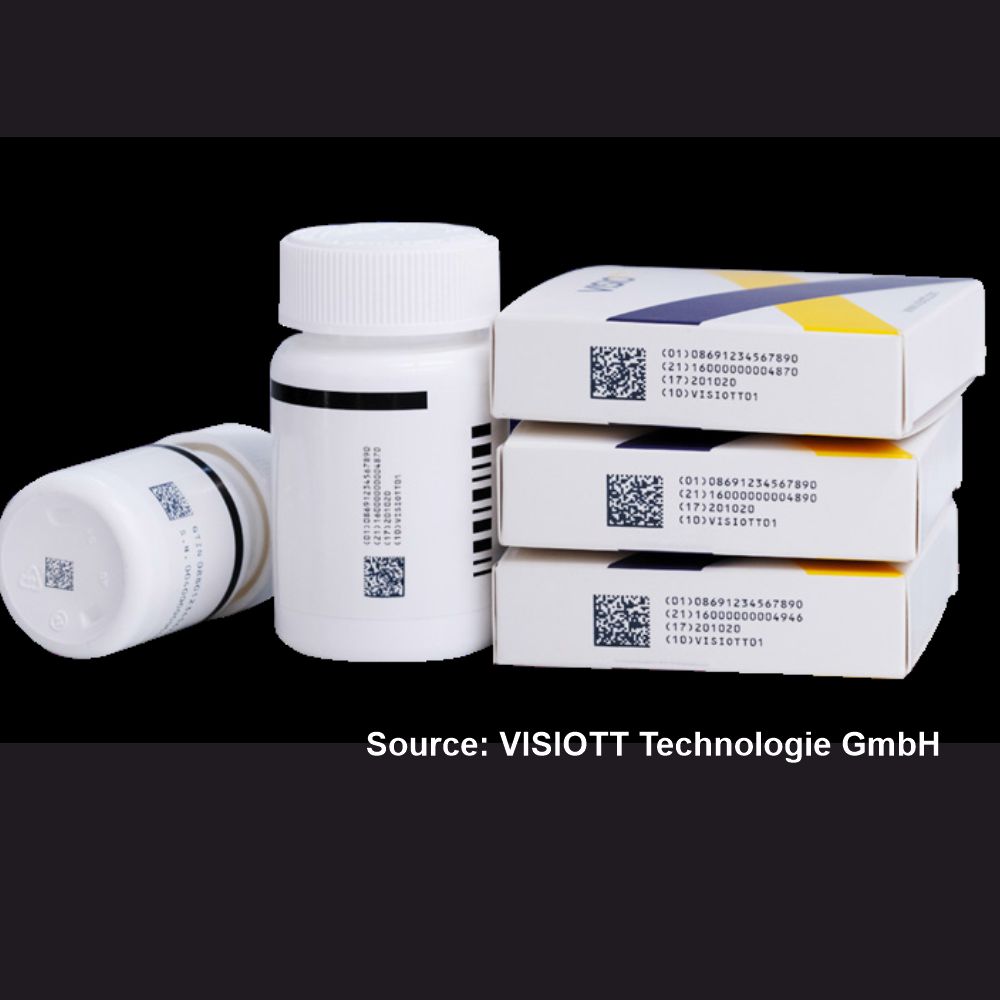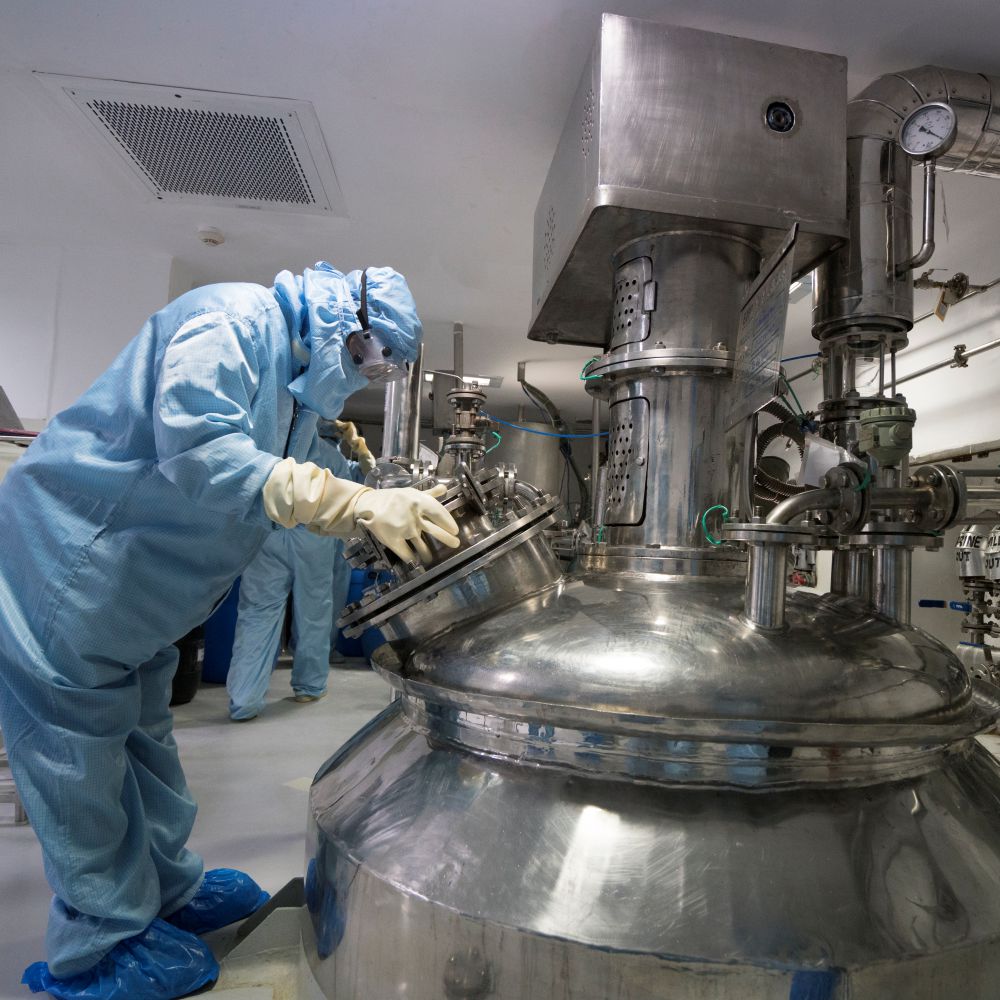“We created a team of people that understood the journey and the vision of the leader and was prepared for the dynamic environment and repeated change. We created a war room for managing our supply chain challenges. We also aligned our business partners at all the locations in case they were not able to make the supplies, then we transported the material with the help of our logistics team. With the support of our vendors, we could quickly ramp up our capacities and create new facilities for Covid testing with the increased capacity of handling huge surge of samples load,” shares Jaipal Singh, DGM – Commercial, Dr. Lal PathLabs Ltd., during an interview…
How was the year 2020 for you in managing supply chain?
It was an extremely critical period. Lot of learnings and opportunities were a part of the tumultuous ride. We took efforts to understand the vendors’ capabilities because the challenges which were thrown upon us was completely unknown as till February 2020, no one in India was able to comprehend what was going to hit us in the times to come. From February 2020, we started realizing that our imports would get strained going forward. So, we immediately placed advanced orders and procured three months inventory. We also found several new players in the market to reduce our dependency on imports. As this was an unprecedented challenge, if we could not innovate in the shortest possible time along with our vendor base, we would have to lose our business. We realized that our risk mitigation strategy was not up to the mark to tide over the pandemic shockwaves. In short, what worked well for us was collaborating with new partners, enhancing vendor capabilities, and importing materials well ahead of time to withstand losses. We need to be future ready for any such circumstances and today we can say with confidence that with our abled team, we are fully prepared to turn such adversities into opportunities.
To sum it up, it was a very challenging environment for the entire industry especially for healthcare. There was big bottleneck for the Covid Testing material and Personal Protection Equipment. It was a year of overpromise and under delivery while demand supply elasticity was exceedingly high.
Being in the frontline of this pandemic, what were the challenges faced by private players as there were lot many directives that were being altered one after another?
Firstly, non-availability of goods with authorized dealer/distributor was very high. Many new opportunist vendors had emerged in this period to tap the opportunity. To iterate you with an example, our newly launched kits for Covid testing got approvals only in the month of April 2020 when the government allowed private players for mass testing. We started our journey of developing Covid kits and converted our three existing facilities in Delhi and Kolkata into full-fledged Covid testing labs to start with. Our normal business operations had hit badly with the volumes plunging from 90% to 20%. The experience of handling H1N1 virus outbreak came in handy here for our teams to make the turnaround faster. The only challenge was the lockdown to contain the spread of the virus. During those times, our teams had to apply for essential service passes from the local authorities. Then came the challenge of getting the services of our vendors as they didn’t come under the essential services. We again had to rush back to the authorities and explain them the criticality. We went door-to-door to help our vendors in utilizing their services. Then we had to run around for statutory approvals. And that had to happen in the shortest possible time, else we could have lost out on this opportunity.
Buying the standard product was the biggest challenge. Procuring N95 masks and sanitizers was a bigger challenge as you must be already aware that during the initial outbreak, there was a huge shortage of these items in the market. We quickly diverted our existing production facility in developing sanitizers as we had the know-how.
We also had a tough time in transporting testing equipment from one part of the country to another as there were practically no means of faster travel. In that case, many of the machines needed for testing purposes had to be transported through dedicated vehicles. This again took lot of time.
All in all, with the support of our vendors, we could quickly ramp up our capacities and created new facilities for Covid testing with the increased capacity of handling huge surge of samples load.
During the journey, we also tried to have our own in-house development of vital product, which was not the case earlier. So, there were challenges, at the same time, the innovative spirits of our team led the company to achieve the unprecedented.
How are you overcoming such challenges?
We created a team of people that understood the journey and the vision of the leader and was prepared for the dynamic environment and repeated change. We created a war room for managing our supply chain challenges. We kept the entire team members updated daily about the development. We also aligned our business partner with all the locations, in case they were not able to make the supplies, then we transported the material with the help of our logistics team. We have our own logistics team, so our dependency on third party logistics service providers was minimal. Having said that, during the pandemic as the caseloads started increasing, we reached out to 3PLs who have a larger network of fleets and could give us an edge in expanding our business. We hired ambulances to commute our employees to work with their essential service passes. It was an absolute nightmare to comply with rules & guidelines of every state government as each had their own Covid regulations and every company had to abide by them.
How supportive was ICMR during the entire course of time?
I would like to mention that ICMR was quite forthright, and the approvals used to come through quickly. They were also aggressive in ensuring that private labs be fully utilized to contain the spread of virus. Initially we had to import certain kits from Europe, our customs clearance officers also made sure that the consignment does not get stalled in the transit and the entire process was completely seamless. They were working 24*7.
Please enlighten us on the digital transformation journey in supply chain.
We are a tech-savvy organization and had deployed technology tools to track our collection centers real-time. At every point of our business node, technology aided immensely during pandemic. It ensured transparency, aided in data analytics and faster decision making at all times. We had set a 5-point agenda to harness technology and ensure operational sustenance. These include:
- Product Availability – being able to view the availability of different product segments to see products that matter most for your business
- Service Levels by location/channel/ customer and product hierarchy – being able to view these with the contribution to sales
- On-time-in-full performance of suppliers and scorecards where multiple KPIs are combined
- On-time-in-full performance of distribution centers
- Customer Satisfaction scores side by side with the service level and availability metrics
What were the procurement challenges that you had encountered during the pandemic and how did you manage them?
During this journey, while carrying out with the Covid testing, we had to ensure that our regular business moves on swiftly as well. We made concerted efforts in covering existing orders and prevent supply shortages. We employed a volume-based operational plan using sales forecast and constrained supply capability. We also optimized on supply and demand matching across the end-to-end supply chain. We worked on demand driven, profitable supply response to anticipated demand across the extended supply chain (e.g., key customers and/ or suppliers) and strategically aligned value network plan supporting growth, identifying new demand channels and speed to market.
How do you think the scenario would look like soon? How are you bracing for the changing times?
I believe that we need to address inaccurate and incomplete product & location hierarchy and attribute data. Companies need to maintain all the past and future events in a database. There needs to be accurate and timely reconciliation of purchase orders with receipts as well as ensure accurate stock-out data. Companies need to have up-to-date supplier lead times. Other important attributes ensuring smooth business operations include maintaining business and commercial rules in a systematic manner; maintaining outlier events that have influenced demand patterns or supply availability; and automating product segmentation based on multiple dimensions including revenue, demand variability, supplier lead-times to manage different service level targets.
We need to understand the impact of the market price index on demand and analyze the root cause of stock-outs. There are many ways companies can achieve that: Modeling the impact of weather events; automatic identifying and removing outlier events from the historical data; modeling impact of promotions and campaigns; estimating revenue impact of lost sales when stock-outs occur; Uncovering halo and cannibalization effects across product portfolio; understanding the impact of external trends on your sales performance; as well as attribute based forecasting when introducing new products. All in all, one must need to manage dynamic safety-stock calculations. Having withstood one of the toughest times in our lifetime, we are confident that we are fully prepared to manage the current second wave too as now we have the experience, expertise, and capability to manage the operations and the nitty-gritties.
What is your advice to the government to efficiently handle the pandemic through an efficient supply chain?
The government needs to lay out clear SOPs for the corporates. What happened during early days was while we got the essential work categorization, our vendors did not. They need to understand that the ancillary service providers are also equally important in running the operations seamlessly. I will give you an example. Thermocol was not available for transporting samples as it was not considered an essential commodity. We had to run around to ensure that those vendors be given essential services passes so that they could quickly help us get the desired material. We had to ensure that there are minimal touchpoints as there were evident fears of contamination, which was the last thing we wanted to get into at the peak of the pandemic. While I understand it was a completely unforeseen event for all of us including the government, if they could had thought of the end-to-end value chain, I feel these teething issues could have been avoided very well.

Categories

Magazine Editions






















